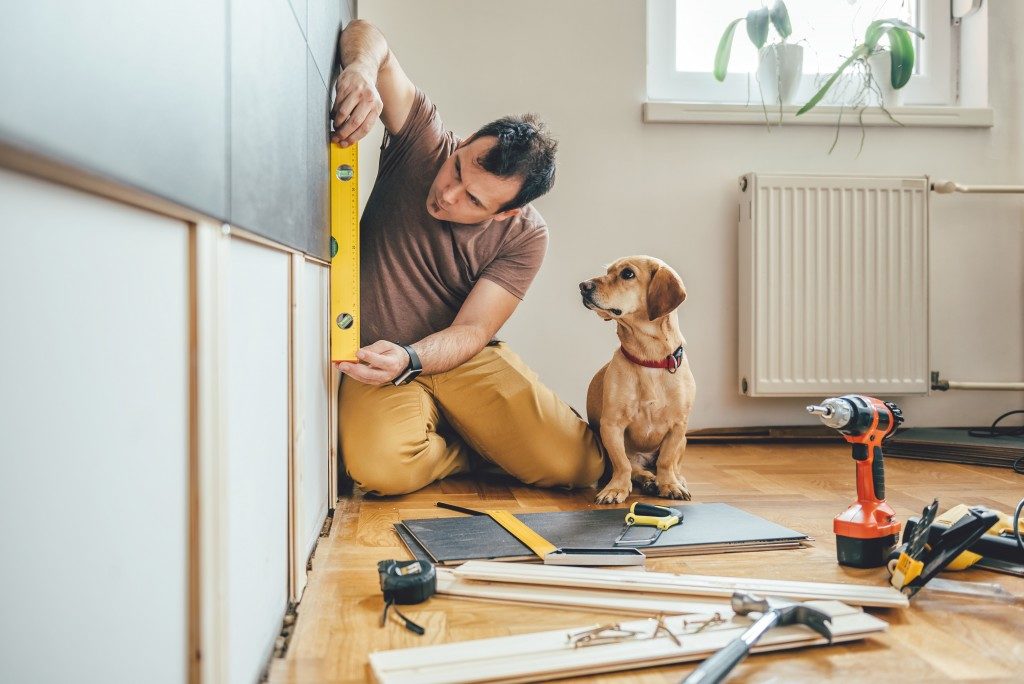- Regular inspections should be conducted to identify and address potential hazards.
- Proper machinery maintenance is essential for worker safety.
- Workplace environmental factors, hazardous materials, and electrical systems must be monitored to reduce risks.
- Safety protocols such as using PPE and best practices must be followed by staff.
- Employers must ensure their staff comply with all relevant rules and regulations regarding workplace health and safety.
Manufacturing is one of the most dangerous professions in the world, as it requires workers to face potentially hazardous environments and conditions constantly. Manufacturing workers are exposed to various risks, including loud noises, dust, heavy machinery, extreme temperatures, chemicals, and falls. According to the U.S. Bureau of Labor Statistics (BLS), manufacturing workers accounted for a significant amount of all workplace fatalities in 2019, with 917 deaths out of 9,079 fatal work incidents across all industries that year.
Manufacturing also has high rates of non-fatal injuries. Last year, BLS reported approximately 200,000 non-fatal occupational injuries in production or related industries such as textiles and computer assembly. Manufacturing ranks second among industries for traumatic brain injuries and third for amputations, according to data from OSHA — which is especially concerning given their severe impact on worker well-being and ability to perform their jobs safely.
Still, employers are responsible for providing their workers with a safe and healthy work environment, so they must take the necessary steps to reduce risks on the manufacturing floor. Here are some of the essential strategies employers should adopt to protect their employees:
Perform Regular Inspection

Manufacturing is a hazardous profession that requires employers to take extra measures to ensure the safety and health of their workers. Regular inspections are essential for preventing workplace accidents, injuries, and fatalities as they allow employers to identify and address any potential hazards in the plant. Here are some areas employers should prioritize when conducting inspections on the manufacturing floor:
Machinery Maintenance
Manufacturing involves working with heavy machinery and other equipment, so regular maintenance is essential. Employers should inspect all machinery regularly to ensure they function correctly, paying particular attention to safety features such as guards and warning systems. Furthermore, any staff operating machinery should be adequately trained in its use so they can recognize any potential issues quickly.
Hazardous Materials
Manufacturers often use hazardous materials such as chemicals or flammable liquids, which present additional risks for employees if not handled correctly; therefore, employers must conduct regular inspections of these substances so that any risks can be identified early on and prevented from becoming major issues. Employers should also ensure that all staff know how to safely handle hazardous materials before allowing access.
Environmental Factors
Environmental factors such as noise levels or air quality can have a significant impact on the well-being of employees if left unchecked; therefore, manufacturers need to inspect their premises routinely to identify any issues related to temperature control, ventilation systems, lighting systems etc.,, which could affect employee health or performance negatively over time if neglected. Additionally, employers should install appropriate barriers where necessary (e.g., soundproof walls for heavily noisy areas) to reduce other occupational risks for employees.
Electrical System
Manufacturing relies heavily on electrical systems, which can be dangerous if improperly maintained. Employers should use professional industrial electrical technicians to inspect their wiring regularly and ensure any potential problems are identified and fixed quickly to reduce the risks of faulty or overcrowded circuits.
Maintain Safety Protocols

Ensuring that manufacturing workers follow safety protocols cannot be overstated. Properly using personal protective equipment (PPE) and following best practices for working with hazardous materials and heavy machinery are essential for minimizing risks in the workplace.
Adhering to safety protocols helps protect workers from potential injury or illness due to exposure to hazardous substances or poor work conditions. PPE, such as gloves, shoes, eye protection, and respiratory masks, can provide a physical barrier between employees and the hazards they may encounter while on the job. Employers should also ensure their staff understands and follows safety protocols through regular training sessions, safety meetings, and refresher courses.
Furthermore, employers should implement safe work practices that minimize risks associated with specific jobs or tasks. For example, using lockout/tagout procedures when servicing machinery helps prevent accidental injuries or fatalities due to unexpected startup during maintenance operations. Additionally, companies should always provide adequate lighting on the manufacturing floor to improve visibility and reduce the risk of slips or trips.
Follow Rules and Regulations
Manufacturing is one of the world’s most heavily regulated industries; therefore, employers must ensure their staff are aware and comply with all relevant industry-specific rules and regulations to reduce risks. Employers should be familiar with best practices for safety on the factory floor, such as those outlined by OSHA, and keep up to date with any changes or amendments made to existing laws or regulations. Failing to follow guidelines can lead to severe penalties, including fines and even possible jail time.
Furthermore, companies must adhere to any additional local requirements or recommendations issued by authorities regarding workplace health and safety measures due to the COVID-19 pandemic. This could include providing adequate PPE for workers, implementing social distancing protocols, and other standards designed to reduce employee risks.
Final Thoughts
By following the above safety steps, employers can ensure their manufacturing floor is as safe as possible for workers and reduce the risk of injuries or fatalities due to preventable accidents. With proper protective measures, manufacturers can provide a secure working environment where employees know they are safe from potential hazards.


